Leading market players are investing heavily in research and development to expand their product lines, which will help the waterborne coatings market grow even more. Market participants are also undertaking numerous strategic activities to expand their footprint, with important market developments including new product launches, contractual agreements, higher investments, mergers and acquisitions, and collaboration with other organizations. To expand and survive in a more competitive and rising market climate, the waterborne coatings industry must offer cost-effective items.
Manufacturing locally to minimize operational costs is one of the key business tactics manufacturers use in the waterborne coatings industry to benefit clients and increase the market sector. Major players in the waterborne coatings market, including BASF SE (Germany), Sherwin-Williams Company (US), AkzoNobel N.V. (The Netherlands), PPG Industries Inc. (US), RPM International Inc. (US), and others, are attempting to increase market demand by investing in research and development operations.
BASF SE is a chemical company. It produces, markets, and sells chemicals, plastics, crop protection products, and performance products. Its product line comprises solvents, adhesives, surfactants, fuel additives, electronic chemicals, pigments, paints, food additives, fungicides, and herbicides. The company serves various industries, including construction, furniture and wood, agriculture, electronics and electrical, paints and coatings, automotive, home care, nutrition, chemicals, etc. BASF carries out R&D in alliance with customers, scientists and partners. The firm operates through a network of manufacturing facilities across the world. In March 2022, BASF enhanced its Automotive Coatings application center at Coatings Technology Center in India.
This enhancement covers 400 square meters of floor area, equipped with various types of equipment, including electrostatic rotary bell applicators and others. This expansion would assist the company in designing and developing innovative solutions for automotive coatings.
Sherwin-Williams Co manufactures, and markets paints, coatings and associated products. It supplies stains, equipment and floor covering products, architectural paints, coatings, and varnishes. The company sells its products to professional, industrial, retail and commercial customers. Sherwin-Williams markets its products under various brands, including Sherwin-Williams, Dutch Boy, Krylon, Minwax, and Thompson's Water Seal. It markets and distributes the products through its stores, facilities, merchandisers, independent paint dealers, hardware stores, home centers, automotive retailers, and industrial distributors.
In February 2022, The Sherwin-Williams firm signed an agreement with the state of North Carolina and the city of Statesville to enhance its architectural paint and coatings manufacturing capacity. This includes the 36,000-square- foot extension, the addition of four recent rail spurs, and the construction of an 800,000-square-foot allotment and fleet transportation center.
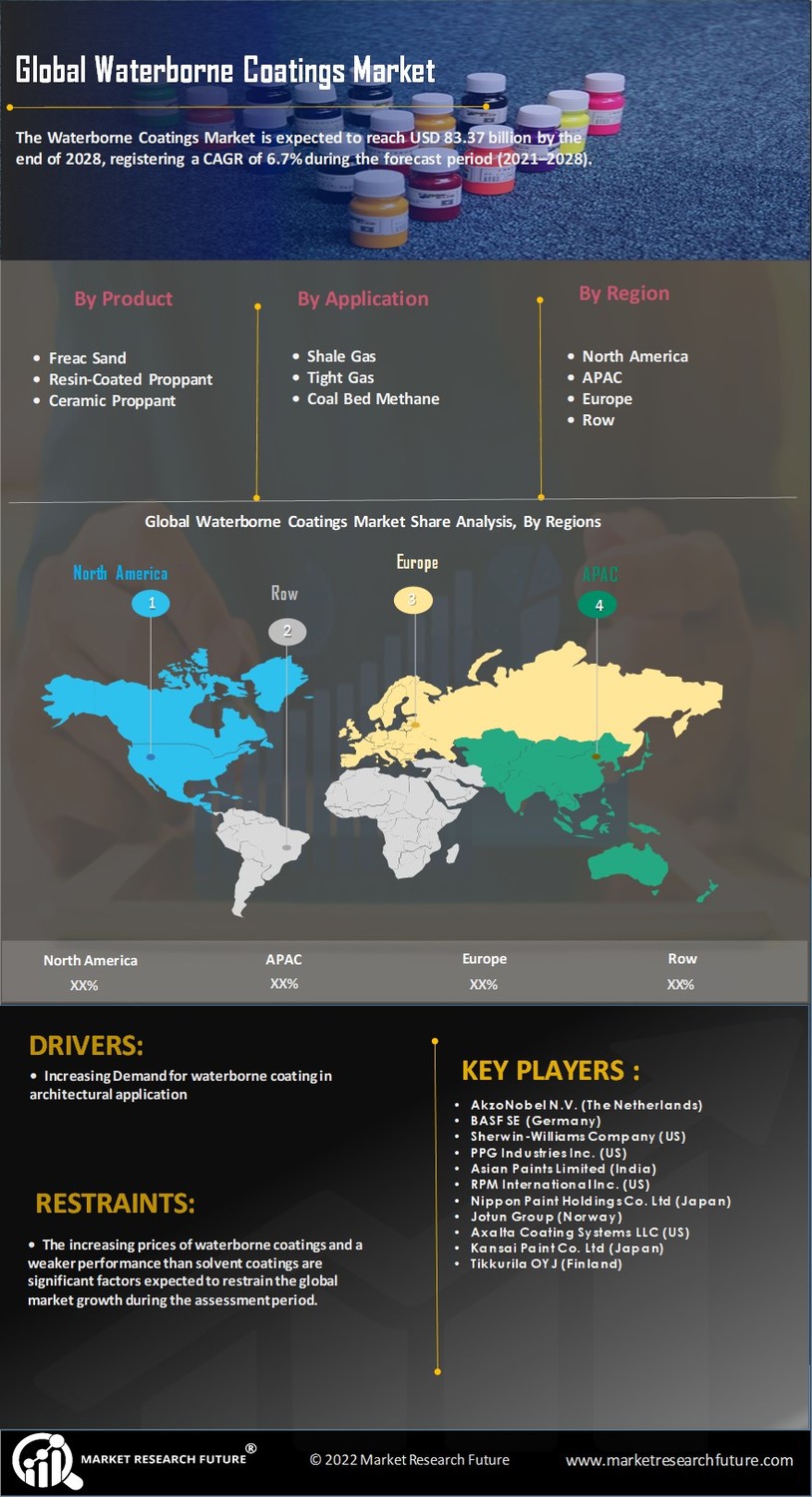

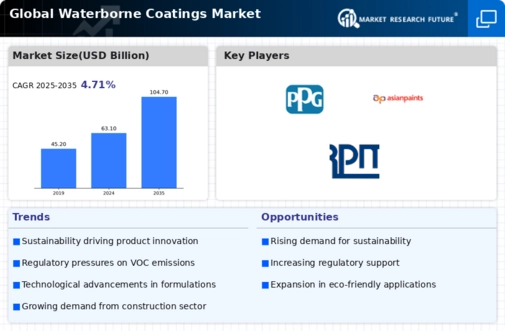
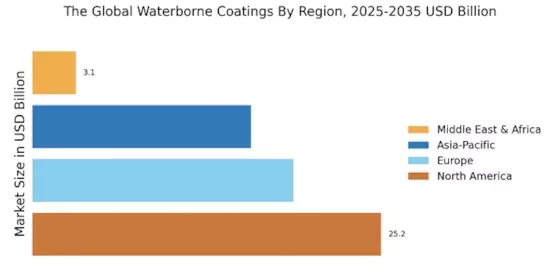


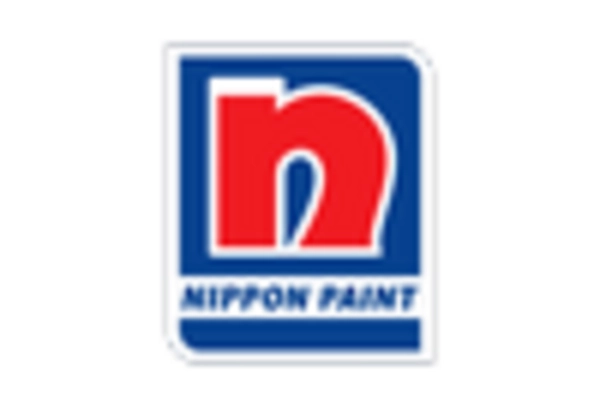
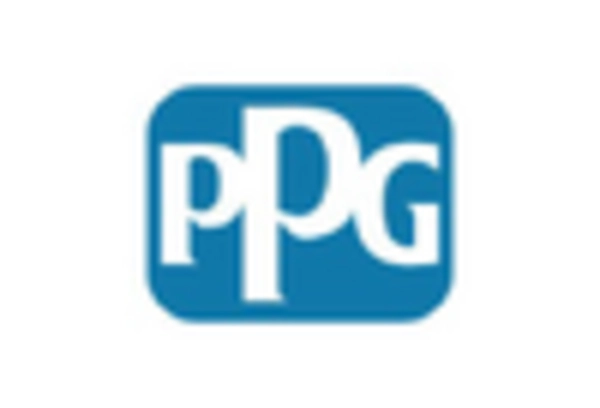
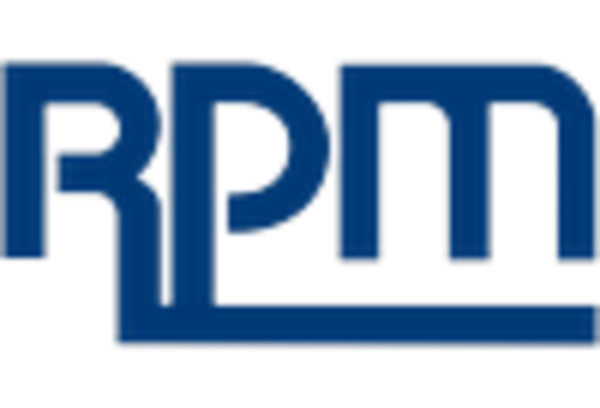









Leave a Comment